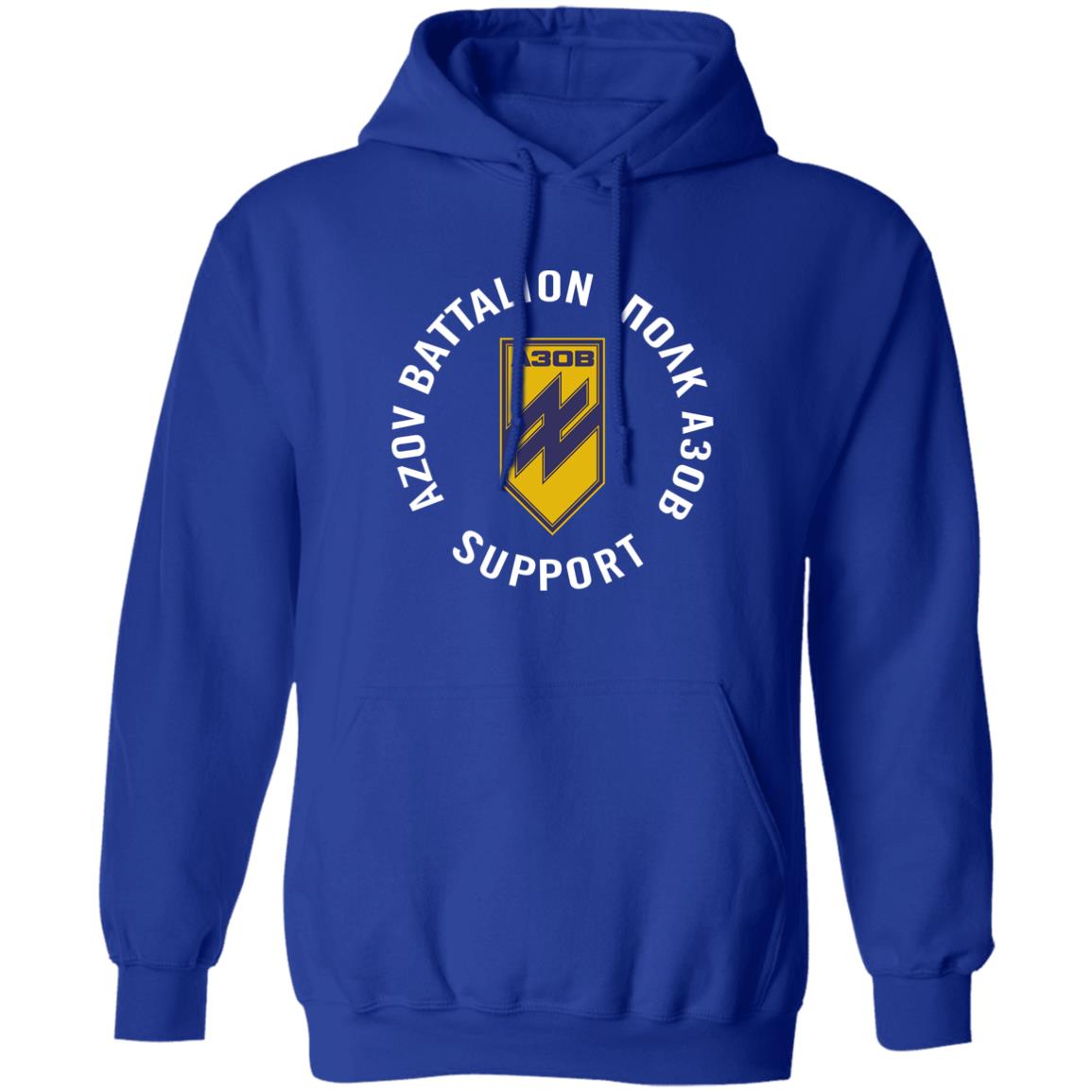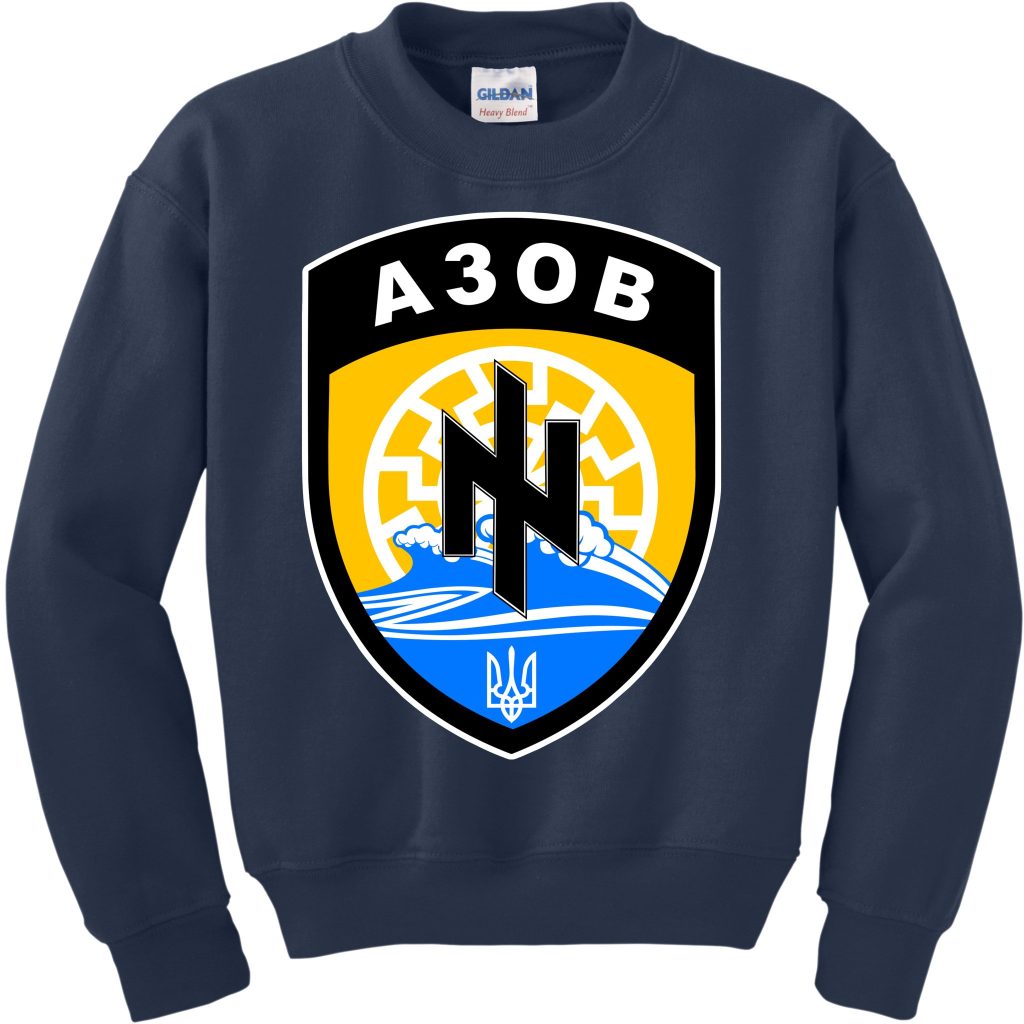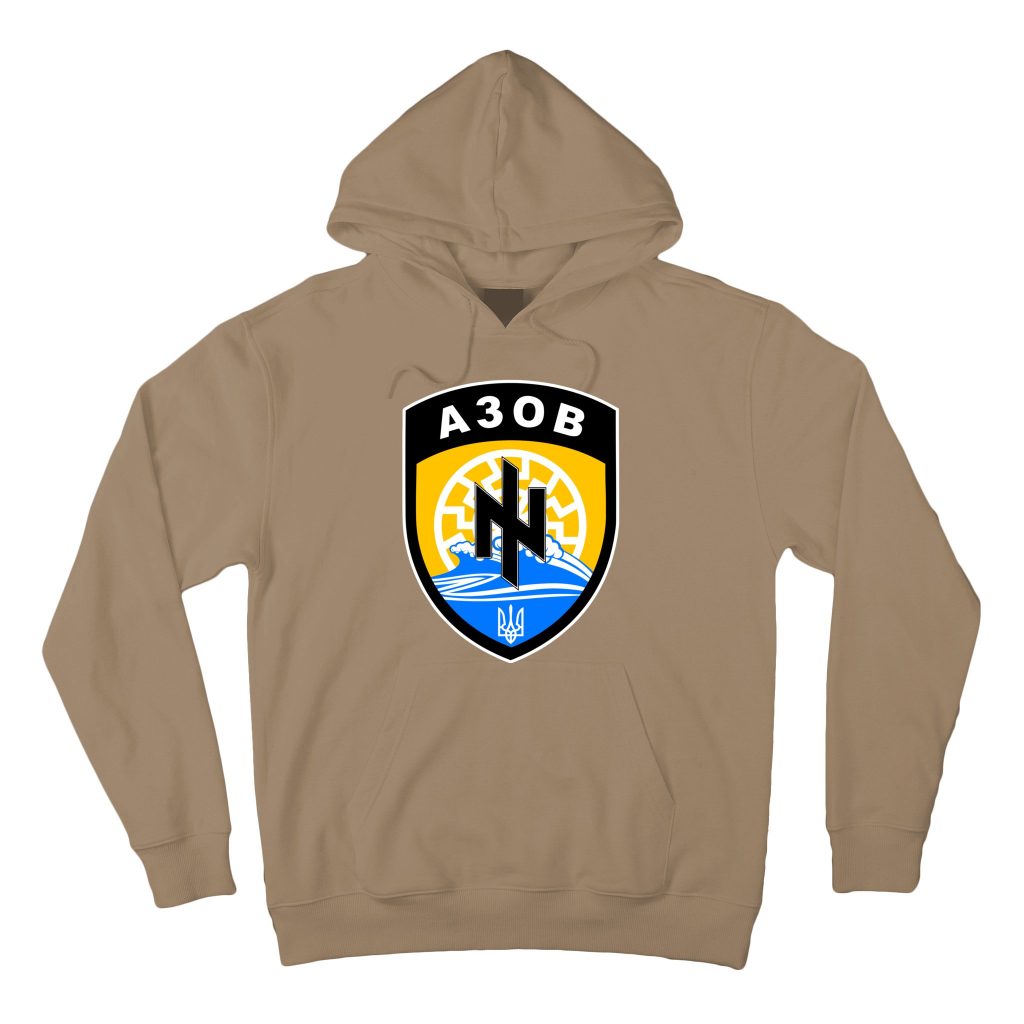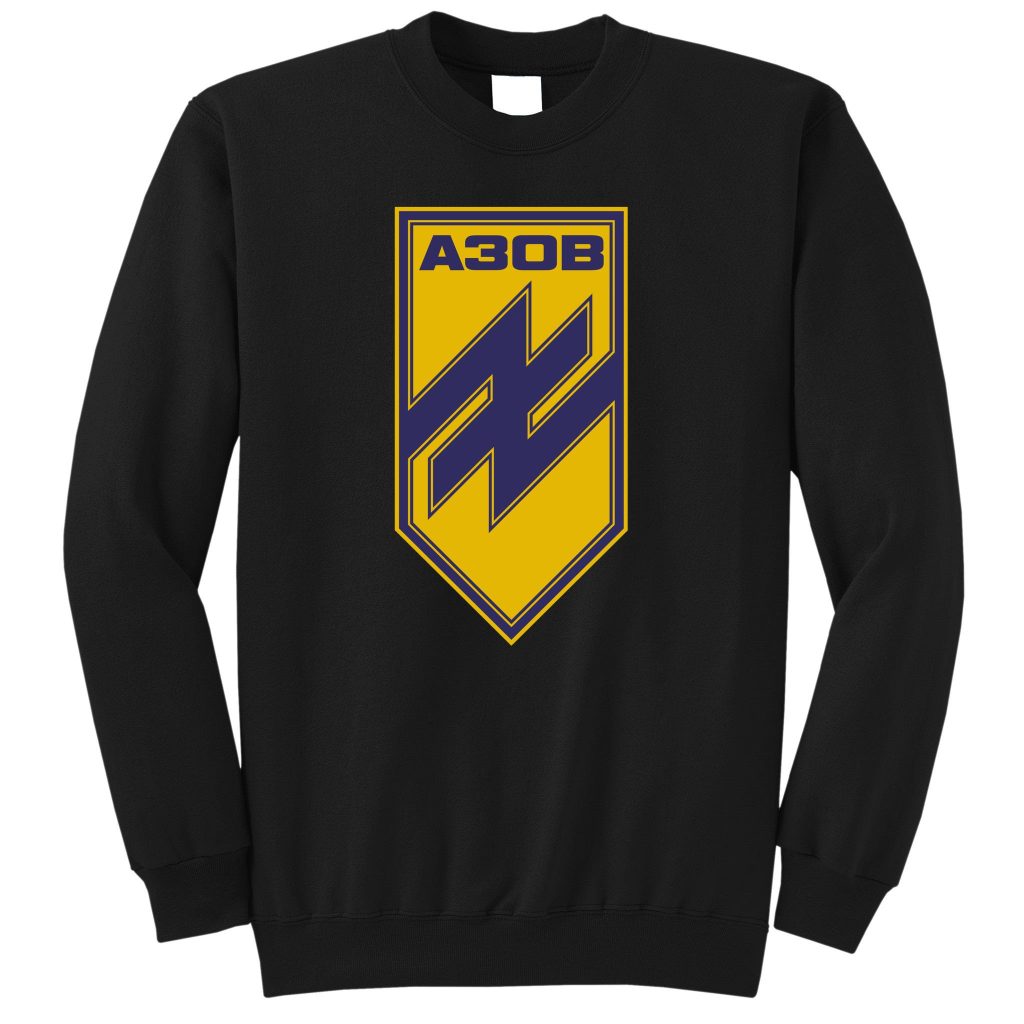Introduction
Azov battalion hoodie, a far-right Ukrainian paramilitary unit known for its role in the conflict in eastern Ukraine, has become a symbol of resistance for some and extremism for others. The emergence of clothing items, particularly hoodies, adorned with the group’s insignia has ignited a fiery debate about the appropriateness of such merchandise and what it represents in the global context.
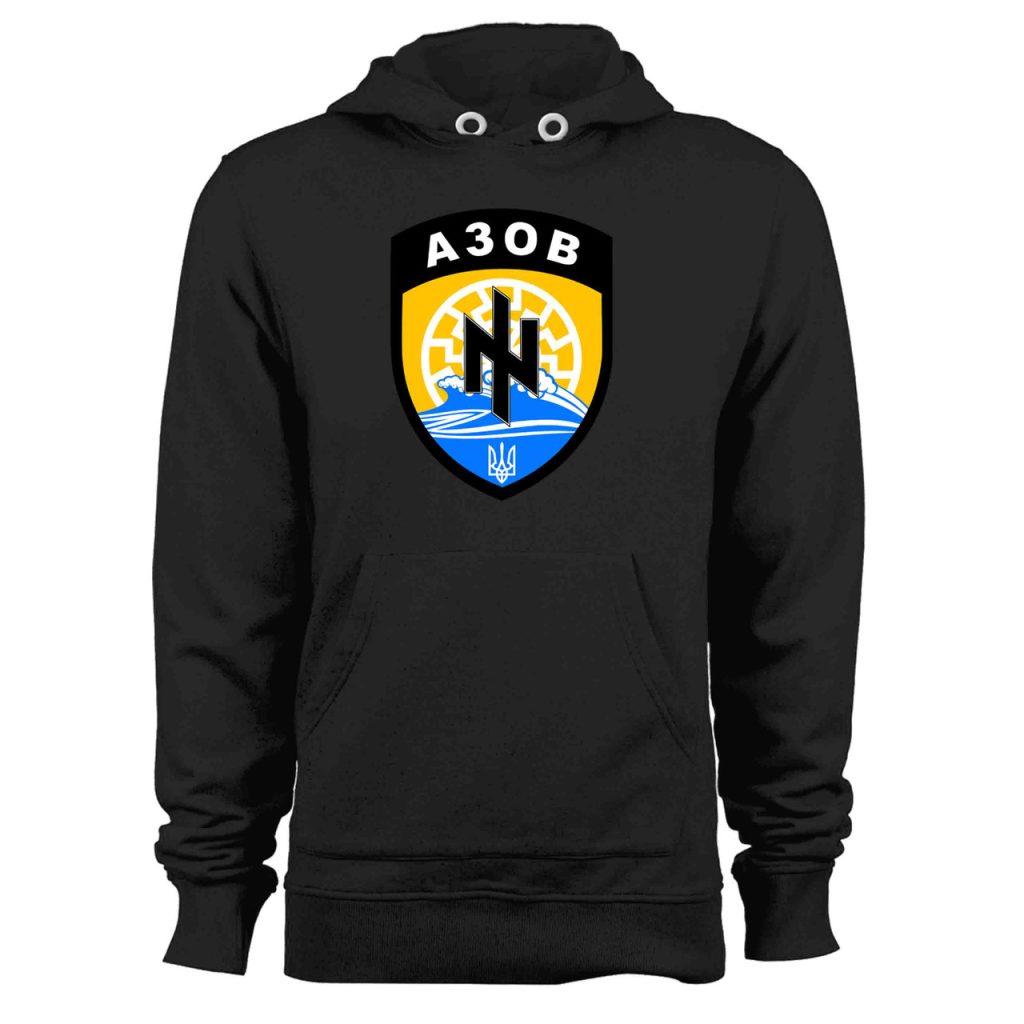
The Azov Battalion: Background and Controversy
Founded in 2014 as a volunteer battalion during the Ukrainian revolution, the Azov Battalion quickly gained notoriety for its members’ far-right ideologies and use of neo-Nazi symbols. Initially involved in defending Ukraine against separatist forces in the Donetsk and Luhansk regions, the group was later incorporated into Ukraine’s National Guard, though concerns about its extremist ties persisted.
Symbolism in Fashion: The Hoodie Debate
Fashion has long been a medium for expressing identity, beliefs, and even political stances. The appearance of Azov Battalion-themed hoodies in the market raises questions about the boundaries of free expression versus the normalization and glorification of extremist ideologies. Critics argue that such merchandise legitimizes and popularizes far-right symbols, potentially attracting young people to extremist views. Proponents, however, might see it as a show of solidarity with Ukrainians fighting for their country’s sovereignty, regardless of the group’s controversial background.
The Broader Context: International Repercussions
This controversy does not exist in a vacuum. The sale and wearing of Azov Battalion hoodies have international implications, particularly in how they are perceived by different nations and communities. Western countries, where such garments may be sold or worn, grapple with balancing free speech rights with the need to condemn hate speech and extremism. Meanwhile, Russia has used the presence of far-right elements within the Ukrainian military as propaganda to justify its own actions, further complicating the narrative.
Public Perception and Media Discourse
Media coverage plays a pivotal role in shaping public understanding and reactions to the Azov Battalion hoodie phenomenon. Articles, social media posts, and news segments either criticize the normalization of extremist symbols through fashion or provide a platform for supporters to voice their justifications. This discourse underscores the power dynamics in how information is framed and consumed, influencing whether the hoodies are seen as symbols of national pride or as promoting intolerant ideologies.
The Role of Online Platforms
In the digital age, online platforms have become key arenas for the dissemination and commercialization of such contentious merchandise. E-commerce websites, social media, and online forums facilitate the sale and promotion of Azov Battalion hoodies, often bypassing traditional gatekeepers and regulations that might otherwise restrict their availability. This has led to debates about the responsibilities of these platforms in moderating content and products associated with extremist groups.
Tech giants like Amazon, eBay, and various niche online stores have faced criticism for allowing the sale of items bearing symbols linked to hate groups, including those affiliated with the Azov Battalion. In response, some platforms have implemented stricter policies to remove or ban such products, but enforcement remains inconsistent due to the sheer volume of listings and the subjective nature of determining what constitutes extremist symbolism.
The Impact on Ukrainian Society and International Relations
Within Ukraine, opinions on the Azov Battalion are divided. For some, the group represents a heroic defense against Russian aggression; for others, it’s a menacing reminder of the country’s struggle with far-right extremism. The hoodie controversy fuels internal discussions about Ukraine’s national identity and its aspirations towards European integration, which necessitate addressing and condemning all forms of extremism.
Internationally, the visibility of Azov Battalion symbols on clothing items can strain diplomatic relations, especially with countries sensitive to issues of far-right extremism.
Counter-Movements and Awareness Campaigns
In response to the controversy, counter-movements and awareness campaigns have emerged to educate the public about the symbolism behind the Azov Battalion hoodies and discourage their use. Human rights organizations, anti-extremism groups, and concerned citizens work to highlight the negative implications of normalizing far-right iconography through fashion, organizing protests, social media campaigns, and educational initiatives.
These efforts aim to foster a deeper understanding of the historical and political context behind the symbols and encourage consumers to make informed choices that do not inadvertently promote hate or intolerance. By raising awareness, they hope to shift societal attitudes away from embracing extremist imagery as fashionable or acceptable.
The Role of Online Platforms
In the digital age, online platforms have become key arenas for the dissemination and sale of controversial merchandise like the Azov Battalion hoodies. This has led to debates about the responsibilities of tech companies in regulating content and merchandise that promote extremist views.
Platforms like Amazon, eBay, and various niche online stores have faced criticism for hosting such products, prompting them to implement stricter policies to remove or restrict the sale of items associated with hate groups. However, enforcement remains a challenge, as sellers can often find ways to circumvent these restrictions by using coded language or alternative symbols that still resonate with their intended audience.
Impact on Youth Culture and Radicalization
Of particular concern is the potential impact of such merchandise on youth culture. Young people, often seeking identity and belonging, can be susceptible to the allure of groups that project strength and purpose, even if those groups espouse extremist ideologies. Hoodies and other apparel bearing the symbols of the Azov Battalion or similar groups can serve as entry points into a wider subculture that promotes radical views.
Educators, parents, and community leaders play a crucial role in fostering critical thinking skills among young people, helping them to discern between legitimate expressions of patriotism and the romanticization of extremist groups. Open discussions about the historical contexts, ideologies, and consequences of wearing such symbols can empower youth to make informed decisions about the messages they choose to endorse.
Counter-Narratives and Alternatives
In response to the controversy, there has been a push for counter-narratives and alternative forms of expression that celebrate Ukrainian identity without aligning with extremist factions. Artists, designers, and activists have created merchandise that emphasizes unity, peace, and cultural heritage over divisive symbols. These alternatives aim to provide a positive outlet for those who wish to express solidarity with Ukraine without inadvertently promoting far-right ideologies.
The debate surrounding Azov Battalion hoodies underscores the intricate relationship between symbolism, fashion, and the interpretation of controversial groups. It calls for a nuanced discussion on the limits of free expression, the responsibility of consumers and retailers in promoting or rejecting certain symbols, and the global implications of local controversies. Ultimately, the discourse reflects society’s ongoing struggle to balance history, ideology, and the evolving meanings of symbols in an interconnected world. As such, the controversy serves as a microcosm of broader societal tensions and the ongoing battle for the hearts and minds of individuals when it comes to matters of extremism and national identity.
